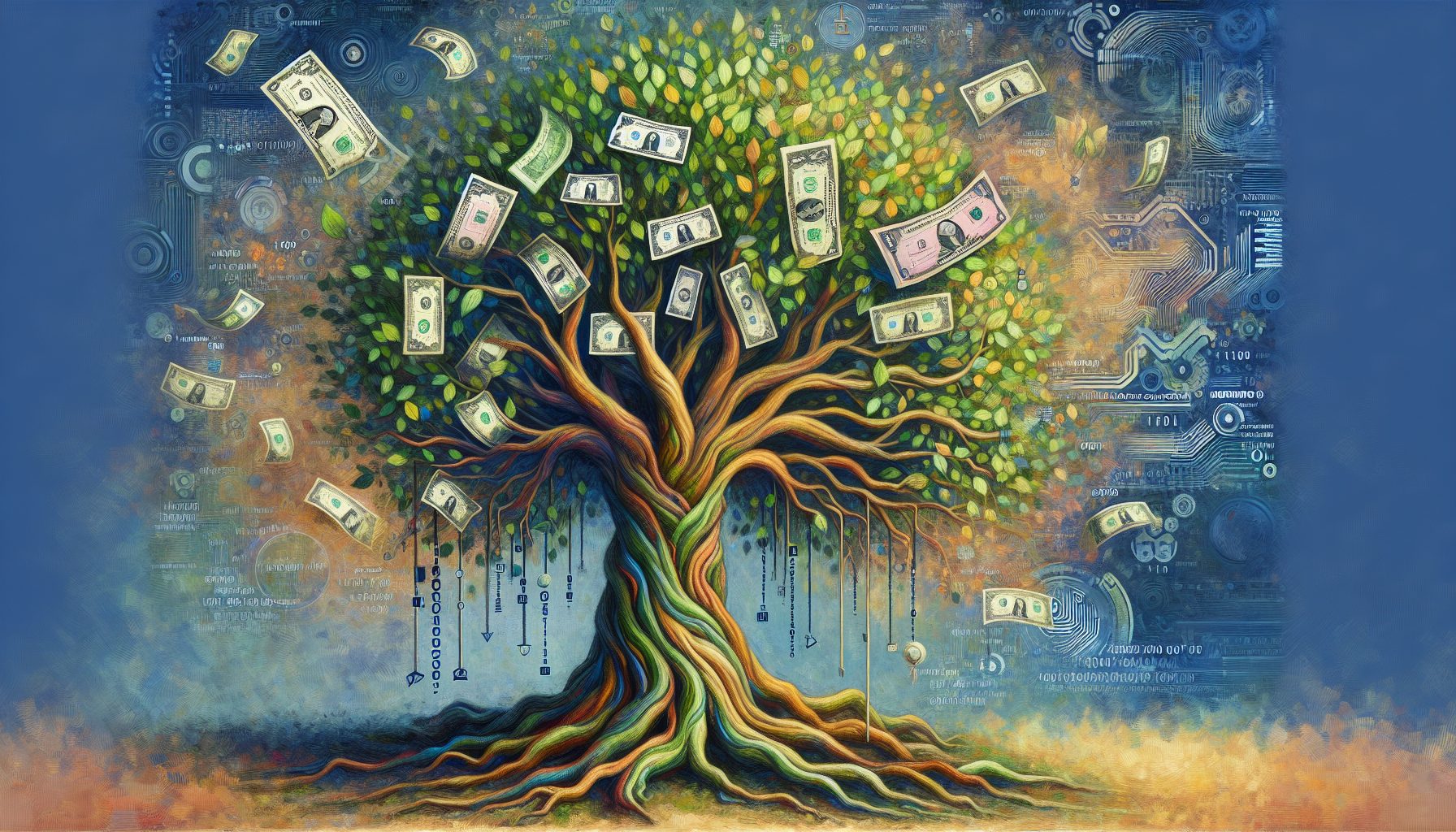WASHINGTON(Reuters) – The U.S. economy shrank at a 0.3 percent annual rate in thethird quarter, its sharpest contraction in seven years as consumers cutspending and businesses reduced investment in the face of rising fearsthat recession was setting in.
The Commerce Department said the third-quarter contraction in grossdomestic product was the steepest since the corresponding quarter in2001 though it was slightly less than the 0.5 percent rate of reductionthat Wall Street economists surveyed by Reuters had forecast.
More spending by the government partly offset a sharp retreat by consumers.
The third-quarter contraction was a striking turnaround from thesecond quarter’s relatively brisk 2.8 percent rate of growth. Itoccurred during financial market turmoil that has heightened worryabout a potentially lengthy U.S. recession.
Consumer spending, which fuels two-thirds of U.S. economic growth,fell at a 3.1 percent rate in the third quarter — the first cut inquarterly spending since the closing quarter of 1991 and the biggestsince the second quarter of 1980. Spending on nondurable goods — itemslike food and paper products — dropped at the sharpest rate since late1950.
"We are being held up here by government spending, which added 1.1percentage points to GDP growth," said Robert Brusca, chief economistwith Fact And Opinion Economics in new York. "The GDP number doesn’treveal the weakness because (of) the impact of international trade. …it’s a warning how weak the economy is."
Continuing job losses coupled with declines in the value of stocks,other investments and housing prices have put consumers under severestress. The GDP report showed that disposable personal income droppedat an 8.7 percent rate in the third quarter — the steepest sincequarterly records on this component were started in 1947 — afterrising 11.9 percent in the second quarter when most of economicstimulus payments still were flowing.
U.S. stock index futures and the dollar extended gains on thebetter-than expected GDP data, while U.S. government debt pricesextended losses.
Separately, the Labor Department said weekly claims for newunemployment benefits continued at a lofty 479,000 last week, a levelthat signals weak hiring prospects and is likely to intensify consumeranxiety.
Consumers cut spending on durable goods like cars and furniture at a14.1 percent annual rate in the third quarter, the biggest cut in thiscategory of spending since the beginning of 1987. Car dealers have saidthat sales have virtually stalled, in part because tight credit makesit hard for even creditworthy buyers to get loans.
Businesses also were clearly wary about the future, cuttinginvestments at a 1 percent rate after boosting them 2.5 percent in thesecond quarter. It was the first reduction in business investment sincethe end of 2006. Inventories of unsold goods backed up at a$38.5-billion rate in the third quarter after rising $50.6 billion inthe second quarter.
The third-quarter GDP number would have been worse except for asurge in federal government spending, which shot up at a 13.8 percentannual rate. That was more than double the second quarter’s 6.6 percentrate of increase and was the strongest since the second quarter of 2003when the war in Iraq began.
Prices were still rising relatively strongly in the third quarter,with the personal consumption expenditures index up at a 5.4 percentannual rate, the sharpest since early 1990. Even excluding volatilefood and energy items, core prices grew at a 2.9 percent rate, up fromthe second quarter’s 2.2 percent rise.
However, oil prices peaked in July and many commodity prices havebegun to ease. The Federal Reserve indicated on Wednesday when itslashed interest rates again that its concern for the future wasfocused more heavily on weak growth than on inflation.
(Reporting by Glenn Somerville, editing by Neil Stempleman)
? Thomson Reuters 2008 All rights reserved








